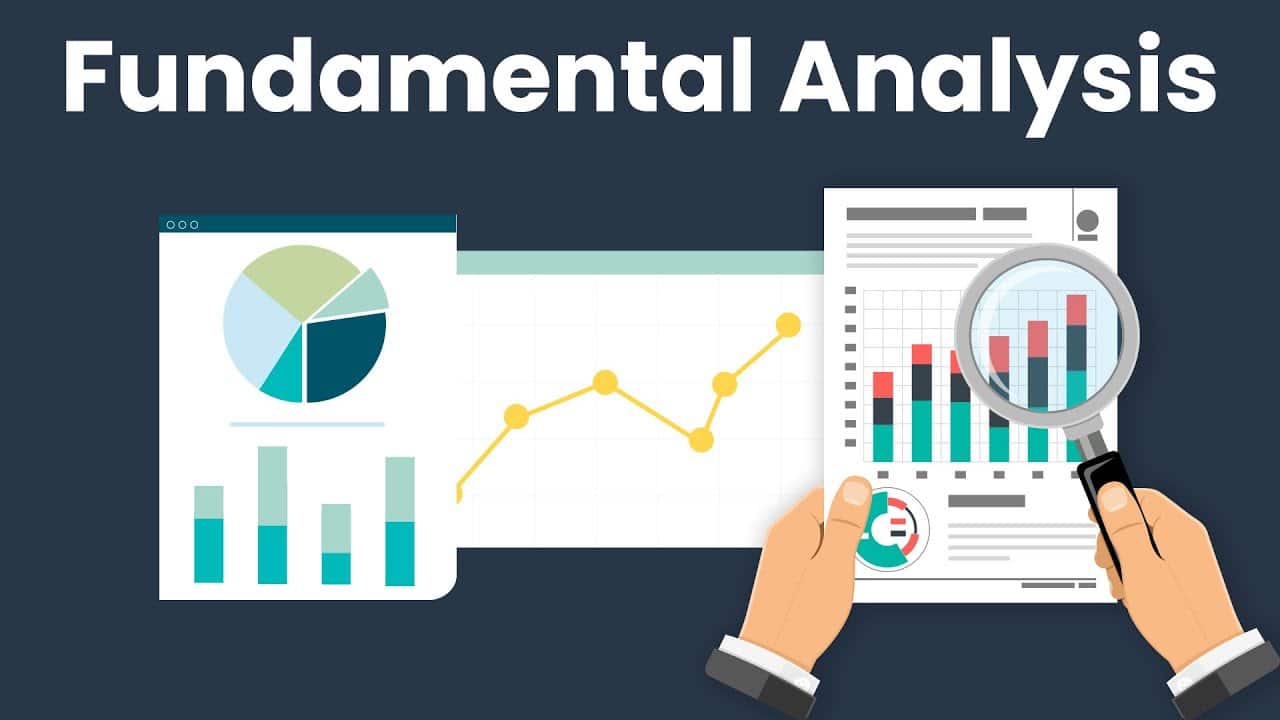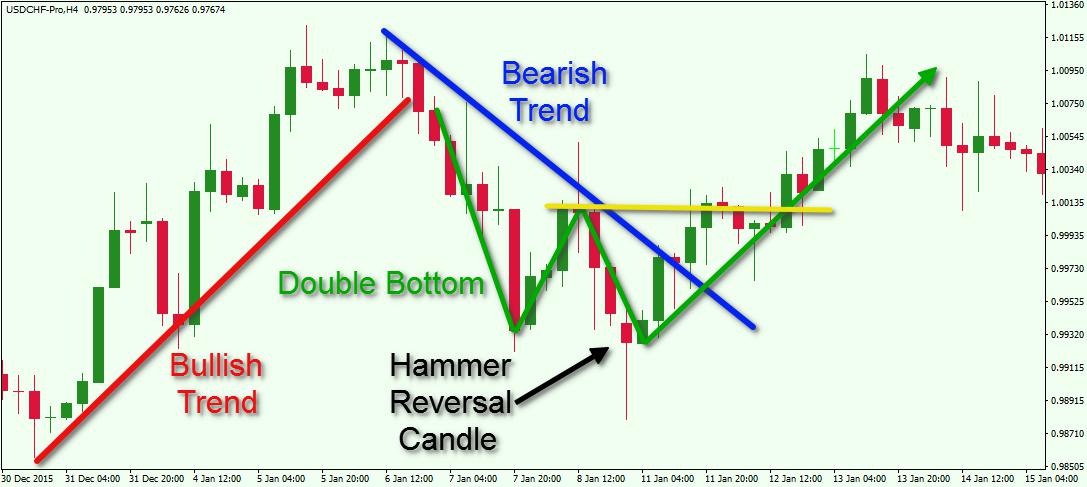*This Article Contains Affiliate Links. We earn a small commission when you use our links
Trade with Mr. CEVOX
Understand market sentiment, track economic factors, and use practical tips to make informed trading decisions.
Popular articles
Understanding Stock Analysis
Stock analysis is a method for investors and traders to make buying and selling decisions. By studying and evaluating past and current data, investors and traders attempt to gain an edge in the markets by making informed decisions.
Analyzing the stock market involves understanding market trends, evaluating companies, and using tools to make informed trading or investment decisions. Here's a step-by-step guide to get started:
There are two basic types of stock analysis: fundamental analysis and technical analysis. Each method is discussed more in-depth below.
Fundamental Analysis

Fundamental analysis concentrates on data from sources, including financial records, economic reports, company assets, and market share. To conduct fundamental analysis on a public company or sector, investors and analysts typically analyze the metrics on a company’s
Financial statements
Balance sheet
Income statement
Cash flow statement
and Footnotes.
Alright, let's strip away the jargon. Fundamental analysis in stock trading is like digging into the nitty-gritty details of a company to figure out if it's a good investment. It's not about looking at stock prices jumping up and down; it's about understanding what's going on inside the company.
Imagine you're thinking of investing in a company. Fundamental analysis involves looking at things like the company's financial statements (like income statements and balance sheets) to see how much money they're making, how much debt they have, and other important stuff. You also consider factors like the company's management, the industry it's in, and even the overall economy.
In simple terms, it's about getting to know a company from the inside out to decide if it's a smart move to invest in its stocks for the long haul. So, instead of just looking at the stock chart, you're diving deep into the company's health and performance.
Evaluates a company’s financial health and market value based on:
- Earnings Reports: Revenue, profit margins, and growth rates.
- Financial Ratios:
- PE Ratio (Price-to-Earnings): Compares stock price to earnings.
- Debt-to-Equity Ratio: Measures financial leverage.
- Industry Trends: Understand how the sector is performing relative to others.
- Management Quality: Assess the leadership team and corporate governance.
Technical Analysis

The second method of stock analysis is technical analysis. Technical analysis focuses on the study of past and present price action to predict the probability of future price movements. Technical analysts analyze the financial market as a whole and are primarily concerned with price and volume, as well as the demand and supply factors that move the market.
Technical Analysis is the forecasting of future financial price movements based on an examination of past price movements. Like weather forecasting, technical analysis does not result in absolute predictions about the future. Instead, technical analysis can help investors anticipate what is “likely” to happen to prices over time. Technical analysis uses a wide variety of charts that show price over time.
Focuses on price trends, patterns, and market data. Uses tools like:
- Price Charts: Line, bar, or candlestick charts.
- Indicators:
- Moving Averages (MA): Shows average price over a period.
- RSI (Relative Strength Index): Identifies overbought or oversold conditions.
- MACD (Moving Average Convergence Divergence): Highlights trend direction and momentum.
- Chart Patterns: Recognize patterns like head and shoulders, double tops, or triangles to predict price movements.
Technical stock analysis is effective only when supply and demand forces influence the price trend analyzed. When outside factors are involved in a price movement, analyzing stocks using technical analysis may not be successful. Like other forms of analysis, analyzing stock price trends using technical analysis is more complicated as more variables are considered.
Conclusion
Analyzing your first stock does not need to be difficult. First, gather as much public information related to the company as available. This includes recent news articles associated with the company as well as the most recent set of financial statements. Then, filter down this information to the most relevant information, Consider leveraging industry averages or data from competitors to set benchmarks. Then, decide whether the company is outperforming or underperforming compared to current prices and stock activity.
Hope this article helps!
Watch Video
Resource
Recommended Books
Automated Stock Trading Systems by Laurens Bensdorp

The Candlestick Trading Bible by Delbery Conley

Trade Like a Stock Market Wizard by Mark Minervini

Shop





